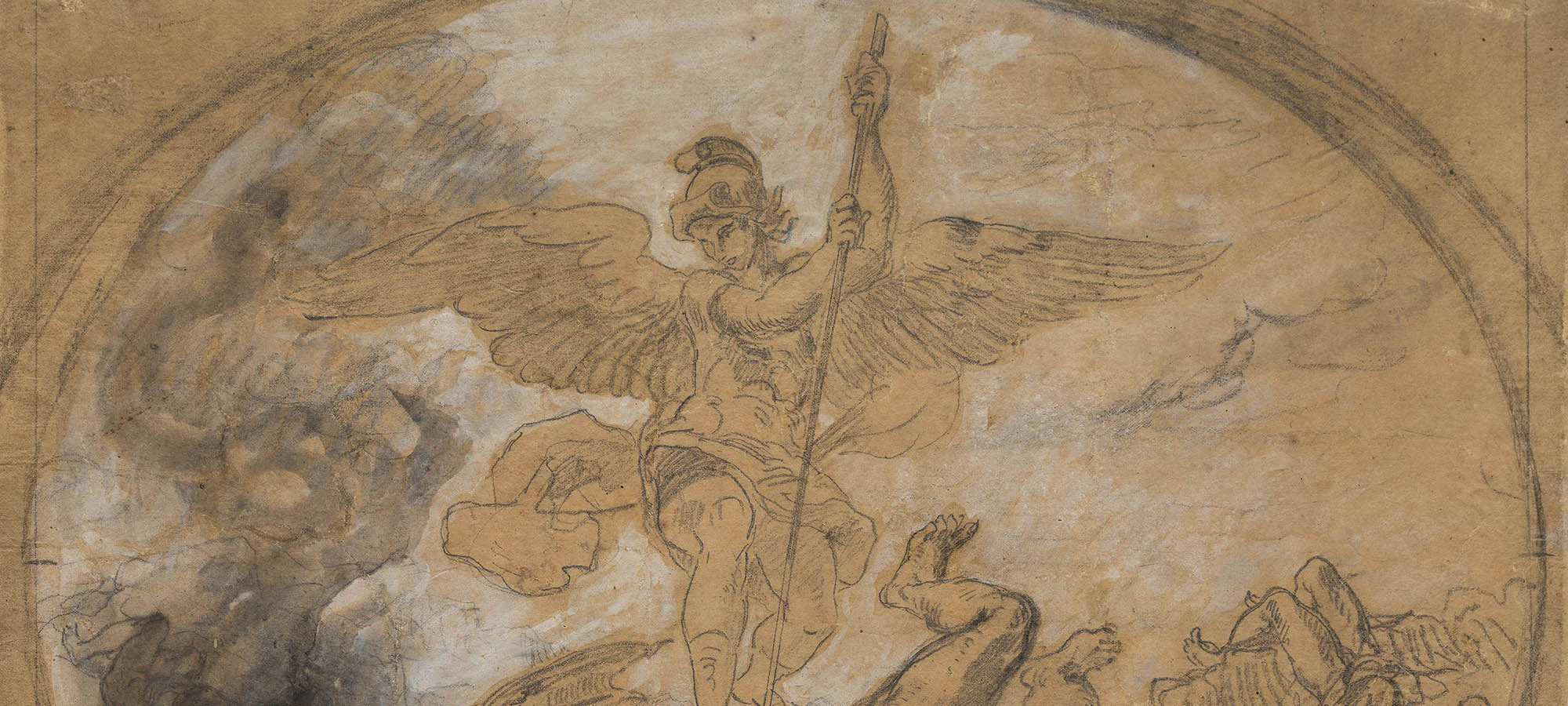The Glyptotek is exhibiting selected works from the museum’s storage. Experience meticulous drawings, fragile plaster and easily degradable materials such as cardboard, gravel and rubber, which together focus on materiality and sensibility. The exhibition will run from 12th February until 28th April.
The Glyptotek’s collections contain many works which are never, or hardly ever put on show because of their fragile condition. For this reason, these works are almost permanently in the museum’s storage. For this exhibition we have selected 40 works, including pieces by Louise Bourgeois, Astrid Noack, Auguste Rodin, Alberto Giacometti, Eugène Delacroix, Harald Giersing, Man Ray, Joan Mirò, C.W. Eckersberg and Friedensreich Hundertwasser.
There is no stylistic, historical or motivic connection between the works in Delicate and Rarely Shown. Instead they are all bound together by their inherently fragile and perishable condition. Works on paper are only exhibited for brief periods of time because of their sensitivity to light. Sculptures in plaster are highly porous and sensitive to moisture, while rubber slowly breaks down in prolonged contact with oxygen. Some of the works use the format of small sketches in the quest for intimacy. Some are preparatory sketches prior to the finished work being executed in large format. Or it may have been a conscious strategy on the artist’s behalf to create an easily perishable work which gives it a completely different temporal dimension.
Restoring Delacroix
One of the works in the exhibition is Eugène Delacroix’s drawing of the Archangel Michael. The drawing was a preliminary study for the ceiling fresco in the Chapelle de Saints-Anges in the Church of Saint Sulpice in Paris.
In 2017 conservator Niels Borring undertook an extensive restoration of the work. The drawing was broken, torn and some pieces were missing. This was due to the paper being decomposed, giving it a very fragile structure.
First of all, the numerous pieces were assembled like a jigsaw puzzle. Then the drawing was transferred to a piece of Japan paper, which was prepared with a special adhesive to secure and stabilize the old paper. The old front also had to be removed with ethanol, a scalpel and tweezers.
Next the cracks were filled with a “paste” of paper fibres. The fibres were warmed to various extents and have taken colours, all depending how long they were warmed up. This has produced 7 different nuances of fibre: from white, through cream white to light brown, darker brown and dark brown.
The purpose of the restoration was not to give a retouching, but to fill the missing areas with nuances of fibres. This now permits the eye to pass smoothly over the transition between the drawing’s strokes and the layer of colour. This gives the drawing a more complete appearance.
Video: SMKfoto/Karen Esser
Calendar
See the exciting activities and events, the Glyptotek has to offer. Please note, the events in Danish will not be presented here. Go to the Danish version of the homepage to see all events.
Café
Enjoy a delicious lunch at Picnic overlooking the Glyptotek's beautiful Winter Garden.
After Nature
Experience a new reading of the Glyptotek’s paintings by the Danish writer Josefine Klougart
